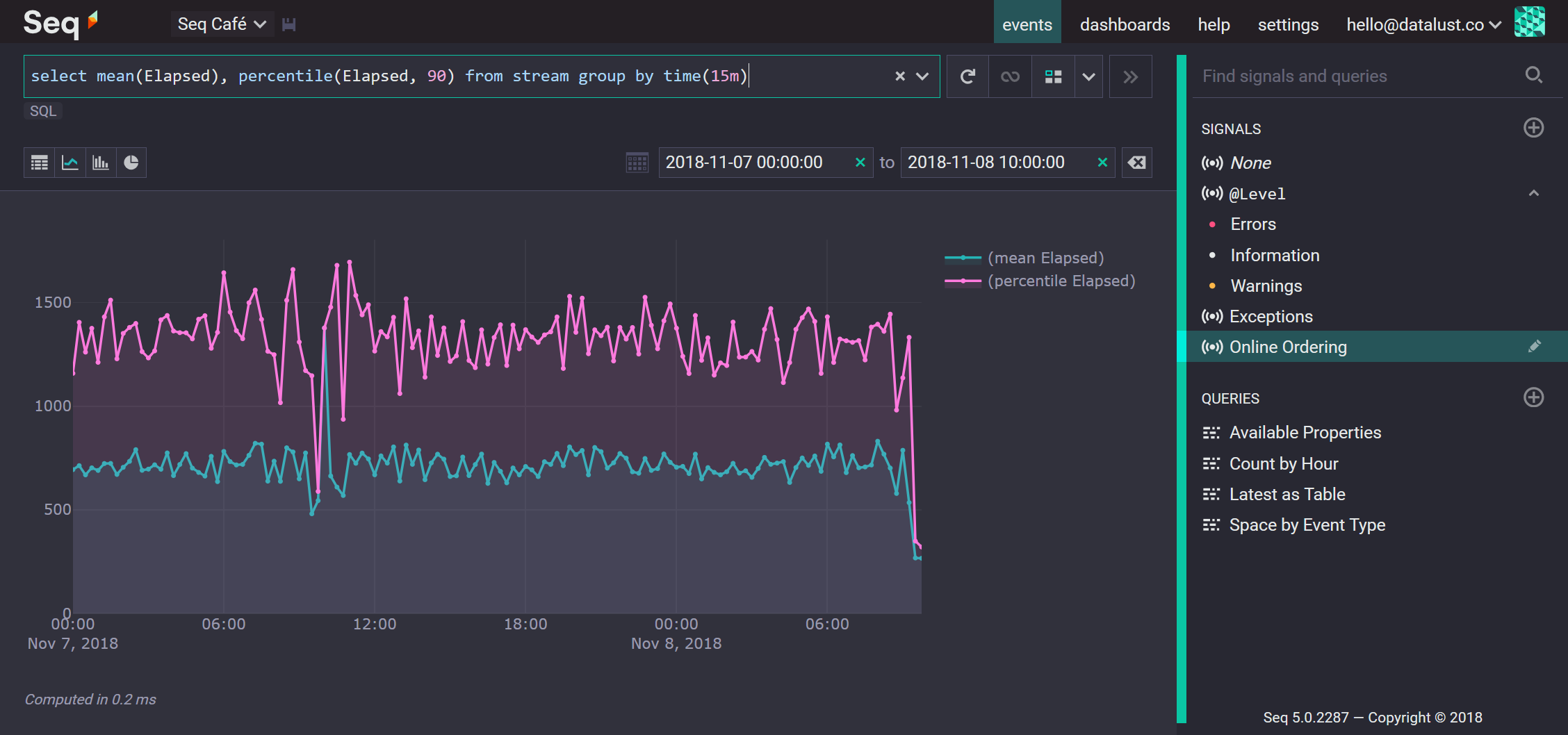
Seq on Kubernetes
This guide will tell you how to set up an HTTPS protected sec instance. This is using LetsEncrypt with cert-manager to get an SSL certificate so it assumes your Seq instance is public facing. It also uses Longhorn for storage.
First, create a ClusterIssuer:
mkdir seq
cd seq
nano certmanager.yamlThen insert the following:
apiVersion: cert-manager.io/v1alpha3
kind: ClusterIssuer
metadata:
name: letsencrypt-seq
namespace: cert-manager
spec:
acme:
# The ACME server URL
server: https://acme-v02.api.letsencrypt.org/directory
# Email address used for ACME registration
email: your.email@yourdomain.com
# Name of a secret used to store the ACME account private key
privateKeySecretRef:
name: letsencrypt-seq
# Enable the HTTP-01 challenge provider
solvers:
- http01:
ingress:
class: nginxDon’t forget to update your email address and then control+s and control+x to save and exit.
Once that’s done, we’ll create another file called config.yaml and save that. Populate it as follows, replacing with your domain in the three necessary places:
control# config.yaml
ingress:
annotations:
kubernetes.io/ingress.class: nginx
cert-manager.io/cluster-issuer: "letsencrypt-seq"
tls:
- hosts:
- seq.yourdomain.com
secretName: letsencrypt-seq
baseURI: https://seq.yourdomain.com
ui:
ingress:
enabled: true
path: /
hosts:
- seq.yourdomain.com
persistence:
storageClass: longhorn
resources:
limits:
memory: 4Gi
baseURI: https://seq.yourdomain.comOnce saved, we’ll install the instance using Helm.
helm install -f config.yaml seq datalust/seqAfter about a minute, you should be able to access Seq. I highly recommend turning on user authentication immediately.
Company Reviews